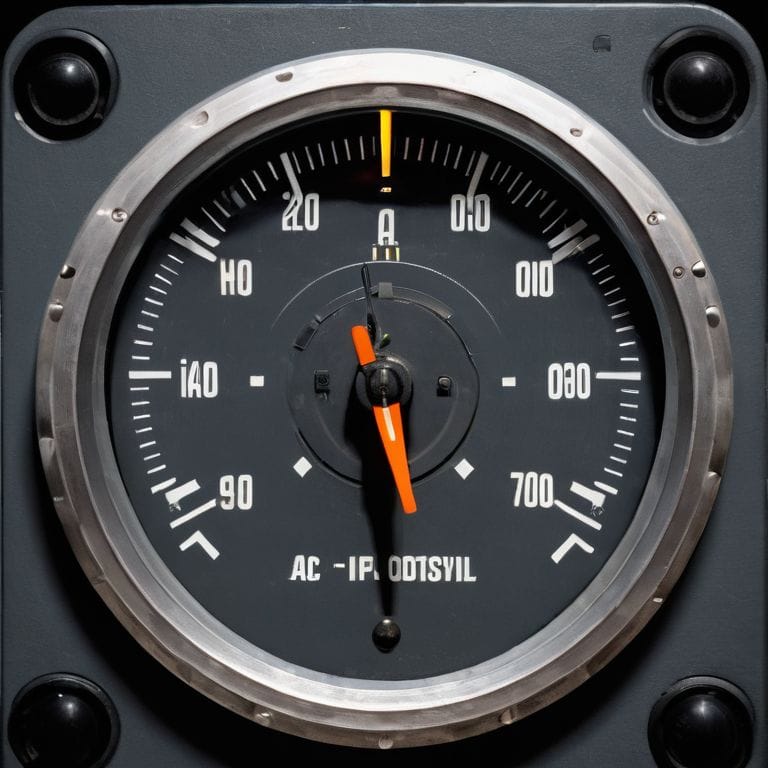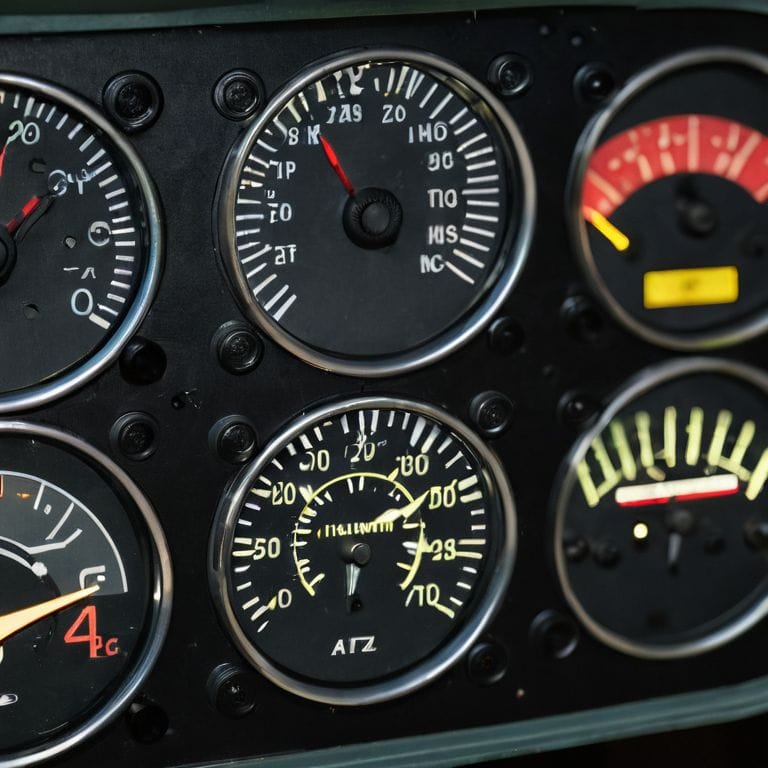I still remember the first time I struggled to understand what is an attitude indicator during my early days as a student pilot. My instructor at the time made it sound like rocket science, throwing around terms like “pitch” and “bank” without explaining the basics. It wasn’t until I saw it in action, watching how the attitude indicator helped me stay level and on course, that it clicked. The problem is, many pilots and instructors make the same mistake – overcomplicating a simple yet crucial concept.
As someone who’s spent years teaching students the ins and outs of flying, I want to cut through the jargon and give you a no-nonsense explanation of what an attitude indicator is and how it works. In this article, I’ll share my personal experience and break down the concept into simple, easy-to-understand terms. We’ll explore how the attitude indicator helps you stay safe and in control, and I’ll provide you with practical tips on how to use it effectively. My goal is to make you feel confident and comfortable with the concept, so you can focus on enjoying the thrill of flying.
Table of Contents
- What Is an Attitude Indicator
- Mastering Electronic Flight Instrument Systems
- Navigating the Skies with Ease: 5 Key Tips for Understanding Attitude Indicators
- Key Takeaways for Mastering Attitude Indicators
- Navigating the Skies with Clarity
- Conclusion: Taking to the Skies with Confidence
- Frequently Asked Questions
What Is an Attitude Indicator
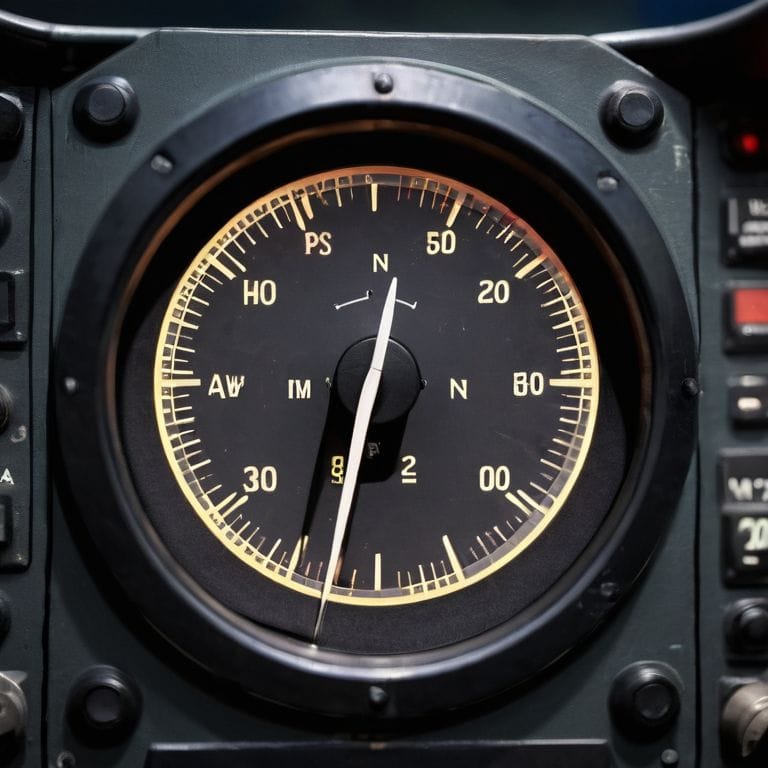
As a flight instructor, I’ve seen many students struggle to grasp the concept of spatial awareness in the cockpit. That’s where the primary flight display systems come in – they provide a clear and concise picture of the aircraft’s orientation and position. The attitude indicator is a crucial part of this system, giving pilots a magic window into the plane’s movements. It shows us the pitch, roll, and yaw of the aircraft, allowing us to make adjustments and stay in control.
In modern aircraft, you’ll often find electronic flight instrument systems that include a digital attitude indicator. These systems are incredibly accurate and provide a range of additional information, such as altitude and airspeed. But even with all the bells and whistles, the fundamental principle of the attitude indicator remains the same: to provide a clear and concise picture of the aircraft’s aircraft spatial awareness. This is essential for safe and controlled flight, especially in instrument meteorological conditions.
When I’m teaching students about the attitude indicator, I like to use analogies from everyday life. Just as a hiker uses a map and compass to navigate the wilderness, a pilot uses the attitude indicator to navigate the skies. And just as a hiker needs to be aware of their surroundings to avoid getting lost, a pilot needs to be aware of their aircraft’s spatial awareness to avoid losing control. This is where flight director indicators and backup attitude indicators come in – they provide an additional layer of safety and redundancy in case of an emergency.
Aircraft Spatial Awareness Made Easy
When flying, understanding your aircraft’s position in space is crucial. This is where the attitude indicator shines, providing spatial awareness that helps you navigate through the skies with ease. By giving you a clear picture of your plane’s orientation, you can make informed decisions to ensure a safe and successful flight.
As you become more comfortable with the attitude indicator, you’ll start to develop a sense of situational awareness, allowing you to anticipate and respond to changing flight conditions. This skill is essential for any pilot, and it’s what sets experienced flyers apart from beginners.
Taming the Skies With Primary Flight Displays
When it comes to navigating the skies, pilots rely on a range of instruments to stay on course. One crucial tool is the Primary Flight Display (PFD), which streamlines the flight information into a single, easy-to-read screen. This allows pilots to quickly glance at their altitude, airspeed, and heading, making it easier to stay focused on the horizon.
By integrating the attitude indicator with other vital instruments, the PFD provides a clear visual picture of the aircraft’s performance. This enables pilots to make swift and informed decisions, even in the most turbulent of conditions, and ensures a safe and successful flight.
Mastering Electronic Flight Instrument Systems
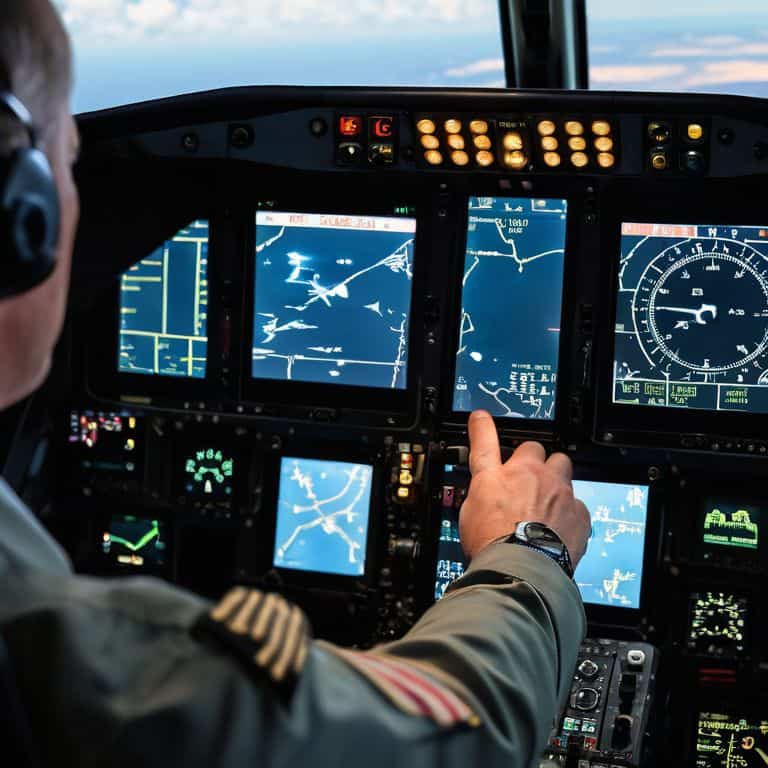
As we delve into the world of modern aviation, it’s essential to understand the role of electronic flight instrument systems in enhancing aircraft spatial awareness. These systems have revolutionized the way pilots interact with their aircraft, providing a more intuitive and streamlined experience. By integrating primary flight display systems, pilots can access a wealth of information at a glance, making it easier to navigate the skies.
One of the key benefits of electronic flight instrument systems is the ability to provide real-time data on an aircraft’s attitude, altitude, and airspeed. This information is crucial for maintaining control and ensuring safe flight operations. Additionally, features like flight director indicators can help pilots stay on course, even in challenging weather conditions. By leveraging these advanced technologies, pilots can focus on flying the aircraft, rather than getting bogged down in complex instrumentation.
In the event of a malfunction, backup attitude indicators can provide a vital safety net, ensuring that pilots can maintain control of the aircraft. The advent of glass cockpit technology has further enhanced the capabilities of electronic flight instrument systems, providing a more modern and efficient way to display critical flight information. By mastering these systems, pilots can take their flying skills to the next level, and stay safe in the process.
Flight Director Indicators and Backup Systems
When it comes to navigating the skies, having a reliable flight control system is crucial. This is where Flight Director Indicators come into play, providing pilots with a visual representation of the aircraft’s desired flight path. By displaying the ideal pitch and roll attitude, these indicators help pilots make adjustments on the fly, ensuring a smooth and safe journey.
In the event of a primary system failure, backup systems kick in to provide essential information. Redundancy is key in these situations, allowing pilots to maintain control and make informed decisions. By understanding how these backup systems work, pilots can stay one step ahead and keep their passengers safe, even in the most unexpected circumstances.
Glass Cockpit Technology for Beginners
As we explore the world of electronic flight instrument systems, it’s essential to understand the role of glass cockpit technology. This innovative approach to flight instrumentation has revolutionized the way pilots interact with their aircraft, providing a more streamlined and efficient experience.
By leveraging intuitive interface design, glass cockpit technology makes it easier for beginners to navigate complex flight data, allowing them to focus on the fundamentals of flying.
Navigating the Skies with Ease: 5 Key Tips for Understanding Attitude Indicators
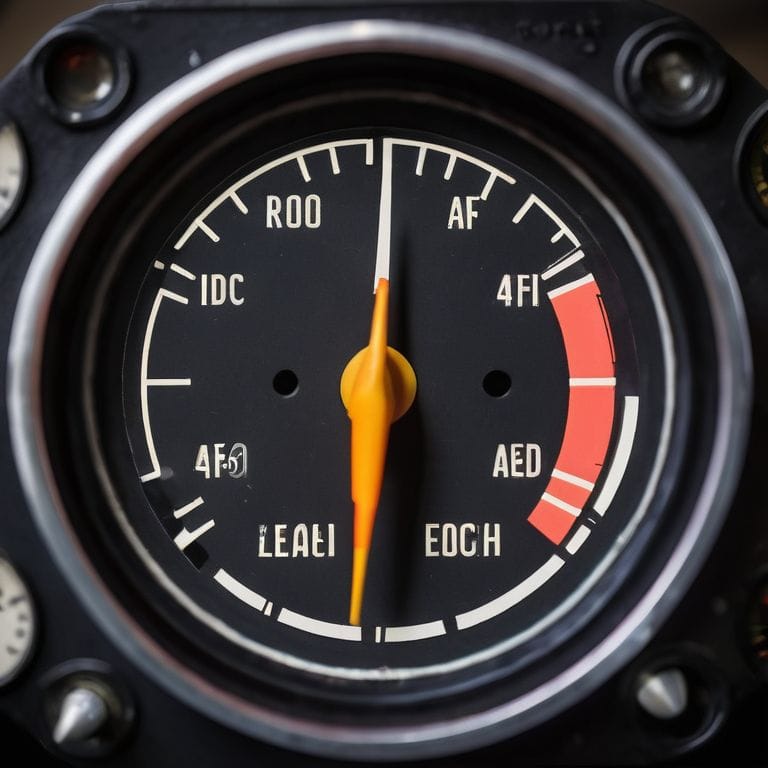
- Keep it Level: Remember, the attitude indicator is your friend when it comes to maintaining a steady altitude and heading, so keep an eye on it during turbulent flights
- Banking on Success: Don’t be afraid to use the attitude indicator to guide you through sharp turns and banking maneuvers – it’s a crucial tool for staying oriented
- Pitch Perfect: Understand that the attitude indicator shows you the plane’s pitch, or nose position, relative to the horizon, which is vital for preventing stalls and spins
- Stay Calm and Carry On: In emergency situations, the attitude indicator can help you stay focused and maintain control of the aircraft, even when other instruments fail
- Practice Makes Perfect: The more you practice using the attitude indicator, the more second-nature it will become, so make sure to incorporate it into your regular flight training and simulations
Key Takeaways for Mastering Attitude Indicators
Understanding the attitude indicator is crucial for maintaining control and spatial awareness during flight, especially in challenging weather conditions or when visibility is low
Modern electronic flight instrument systems, including glass cockpits and flight director indicators, have made it easier for pilots to interpret and respond to the data provided by the attitude indicator, enhancing safety and efficiency
By grasping the fundamentals of the attitude indicator and its integration with other flight instruments, pilots can improve their overall flying skills, reduce workload, and make more informed decisions in the cockpit
Navigating the Skies with Clarity
The attitude indicator is like a trusted co-pilot, providing a constant reminder of your aircraft’s position and orientation, helping you stay grounded in the midst of turbulent skies.
Daniel Sato
Conclusion: Taking to the Skies with Confidence
As we’ve explored the world of attitude indicators, it’s clear that understanding this crucial instrument is key to safe and successful flight. From the basics of primary flight displays to the advancements in electronic flight instrument systems, we’ve covered it all. We’ve discussed how attitude indicators provide pilots with vital information about their aircraft’s orientation and position, and how this data is essential for making informed decisions in the cockpit. By mastering the use of attitude indicators, pilots can develop a deeper understanding of their aircraft’s behavior and improve their overall flying skills. Whether you’re a seasoned pilot or just starting out, recognizing the importance of spatial awareness in aviation is essential for navigating the skies with confidence.
As you take to the skies, remember that the attitude indicator is just one tool in your arsenal. By combining this knowledge with practice and experience, you’ll be well on your way to becoming a skilled and confident pilot. So, the next time you’re soaring through the clouds, take a moment to appreciate the simple yet powerful technology that’s helping you stay on course. With the right mindset and a solid understanding of the fundamentals, you’ll be able to tackle even the most challenging flights with ease and precision, and that’s a truly empowering feeling.
Frequently Asked Questions
How does the attitude indicator help pilots during instrument meteorological conditions?
In instrument meteorological conditions, the attitude indicator is a lifeline. It shows pilots the plane’s orientation, even when they can’t see the horizon. Think of it like a compass for the sky, helping them stay level and on course. It’s a crucial tool for maintaining control and safety when visibility is low.
Can an attitude indicator be used in conjunction with other instruments for enhanced spatial awareness?
Absolutely, my friend! An attitude indicator is just one piece of the puzzle. When combined with other instruments like the heading indicator and altimeter, you get a complete picture of your aircraft’s position and orientation. It’s like having a personal navigator, helping you stay safe and on course. Think of it as a team effort – each instrument plays its role, and together, they give you unparalleled spatial awareness.
What are the differences between traditional analog attitude indicators and modern electronic versions?
Think of traditional analog attitude indicators like trusty compasses, while modern electronic versions are like GPS navigators – both get you where you need to go, but one offers more precision and features. Electronic attitude indicators provide a more detailed, realistic view of your aircraft’s orientation, making it easier to stay on course.
